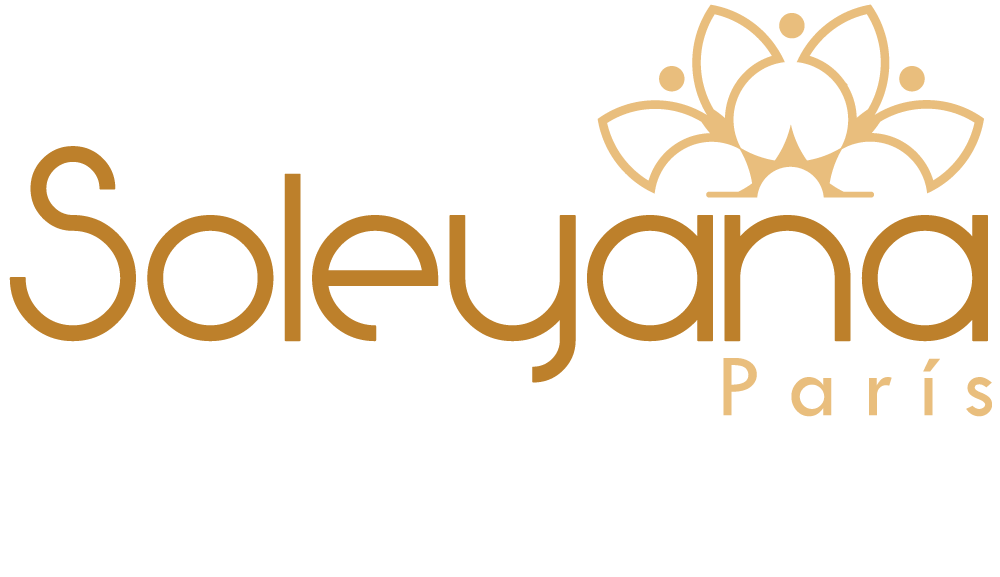Determine participants’ identified top-notch the working relationships between the new member and you will scholar coach, i used the Advisory Performing Alliance Index (AWAI; Schlosser and you will Gelso, 2001). People rate the newest the quantity to which it trust statements regarding their advisers, such “My personal mentor is obtainable when i you prefer their/him” and “My personal mentor also provides me reassurance to possess my success.” Goods are ranked to your a 1 (highly disagree) so you can 5 (firmly concur) measure, and higher results imply alot more self-confident perceptions of your advisor–advisee dating.
Market Services
Desk dos brings an elaborated breakdown out of group pointers. Players have been mainly in their middle-twenties (M = 26.5; SD = dos.3), white/Caucasian (n = 48; 69.6%), and female (letter = 42; sixty.9%). Many professionals have been already from inside the a love, not ple integrated children for the majority level out-of doctoral studies (i.age., decades step one due to 6); this new average for you personally to PhD conclusion into the biological and you may biomedical sciences applications in the studied business from 2013 to help you 2018 try 5.7 decades (N = 523). The decide to try basically shown the overall composition of your own enrollees into the this option in the course of the study, during which this new learned institution’s full society off doctoral students within the the biological and you may biomedical sciences (N = 592) is actually 67.8% white/Caucasian and you can 44.2% people.
a there are zero forgotten study away from sociodemographic attributes, because all the data users (Letter = 69) accomplished this new sociodemographic questionnaire. To safeguard the latest confidentiality of lookup participants and relieve the right of private people becoming identified, we do not breakdown of the fresh instructional apps where players was basically enlisted or perhaps the informative age which they were doing on the full time of your own analysis.
Desk 3 presents descriptive analytics toward GSI-Roentgen, SBI, PHQ-9, Expertise, MSPSS, and you can AWAI bills. Because GSI-R, PHQ-nine, Expertise, and you can MSPSS score were not generally marketed jswipe, nonparametric testing and you may approaches were chosen for analyses. Nonparametric analytical tips do not depend on assumptions off normality, and are better quality than just parametric approaches for analytical inference to the nonnormal distributions and you may less try versions. Including, unlike Pearson’s r, i utilized Spearman’s rho to possess bivariate correlations; and also for regression-depending analyses, i operating an excellent bootstrapping means, and that rates try parameters using arbitrary testing that have substitute for.
an effective Kolmogorov-Smirnov take to that have Lilliefors benefit correction. A keen asterisk (*) ways this might be less likely of your own correct value top.
Connections anywhere between Fret, Burnout, Depressive Episodes, and you can Capital Parameters
Table 4 presents zero-order correlations among stress, burnout, depressive symptoms, mastery, social support, and advisor relationship. Nonparametric correlations (i.e., Spearman’s rho, rs) were reported for associations between nonnormal variables, while parametric correlations (i.e., Pearson’s r) were reported for normally distributed variables (i.e., the correlation between burnout and advisor relationship). Stress was positively correlated with both burnout (rs = 0.56, p < 0.001) and depressive symptoms (rs = 0.50, p < 0.001). There was a negative correlation between stress and mastery (rs = ?0.38, p = 0.001). However, there was no significant association between stress and social support (rs = ?0.22, p = 0.070) or stress and advisor relationship (rs = ?0.23, p = 0.060). Burnout was negatively correlated with mastery (rs = ?0.59, p < 0.001) and advisor relationship (r = ?0.53, p < 0.001), but not social support (rs = ?0.19, p = 0.110). Finally, depressive symptoms were negatively correlated with mastery (rs = ?0.55, p < 0.001), social support (rs = ?0.31, p = 0.010), and advisor relationship (rs = ?0.41, p < 0.001). Overall, these results support relationships between stress, the mediators of mastery and social support, and the outcomes of burnout and depressive symptoms.
